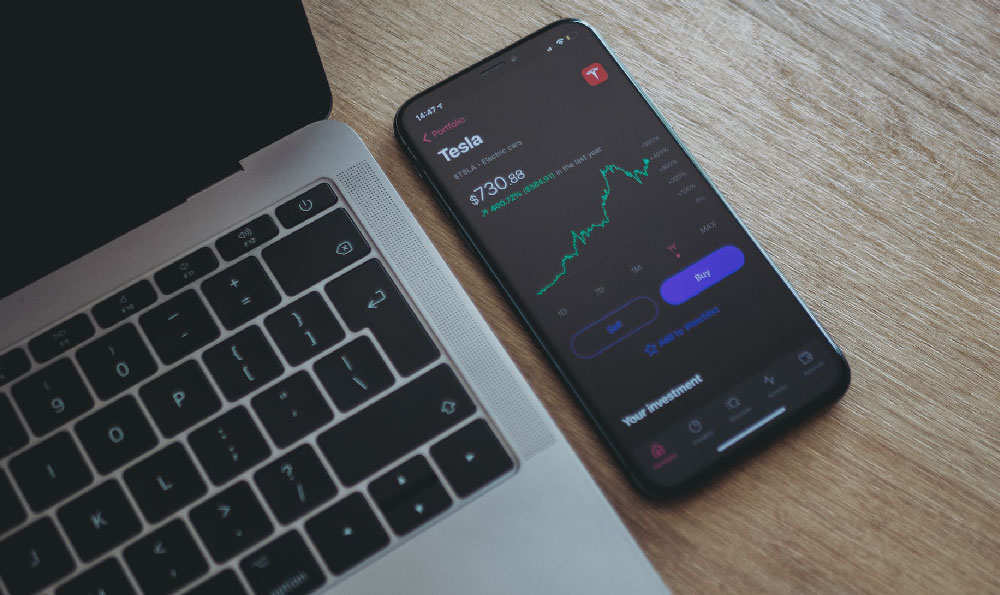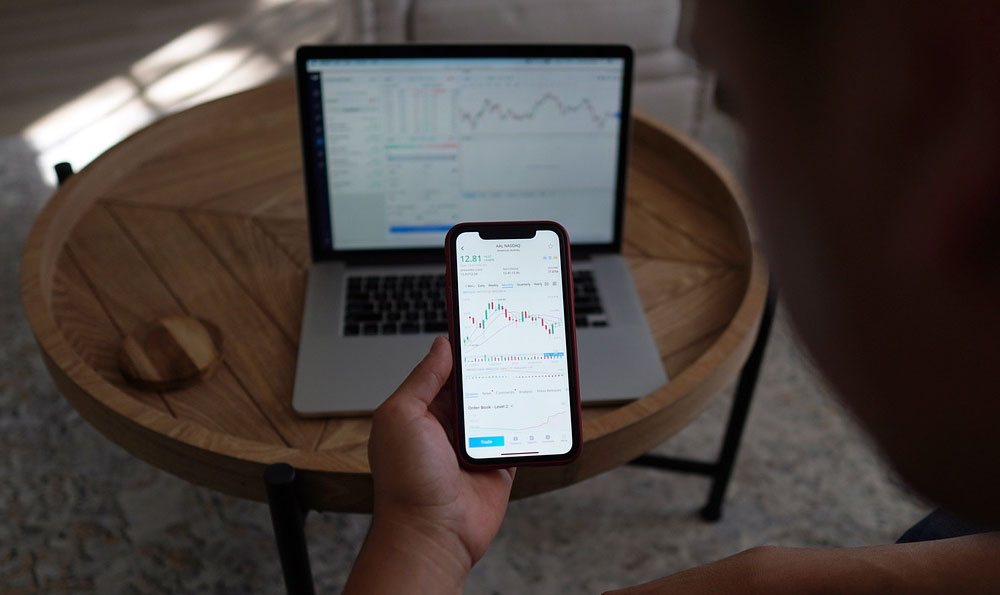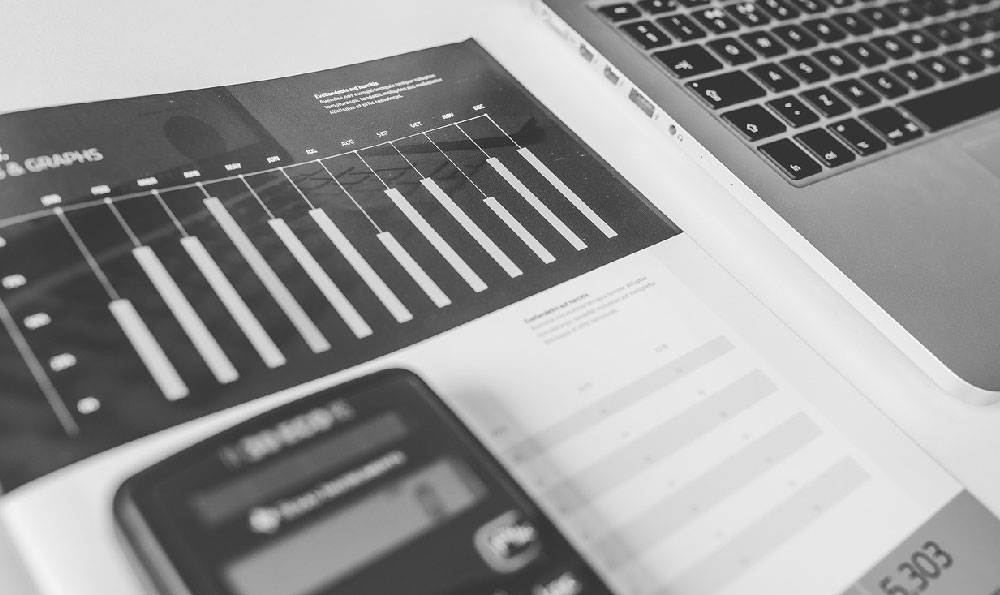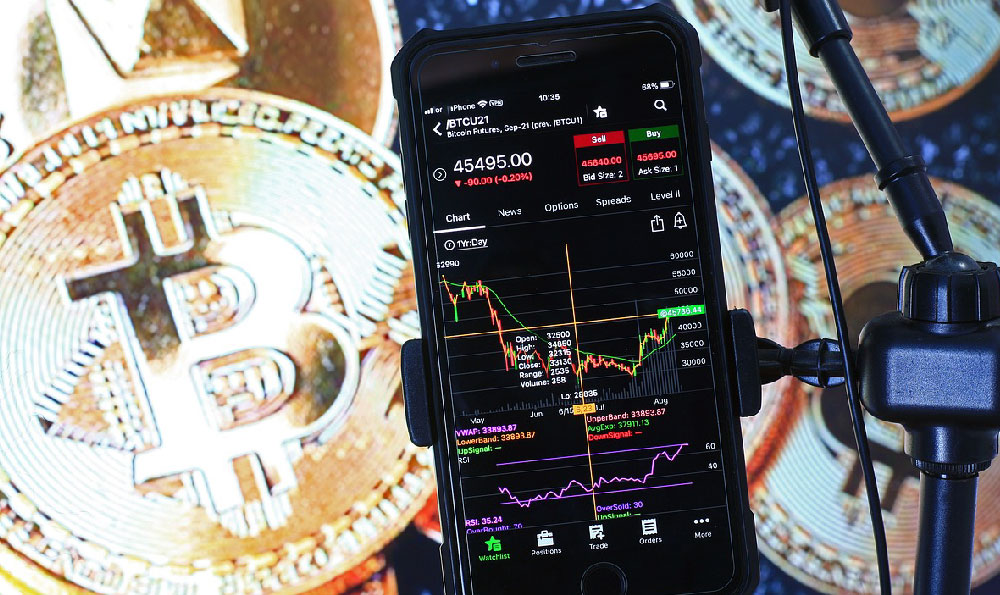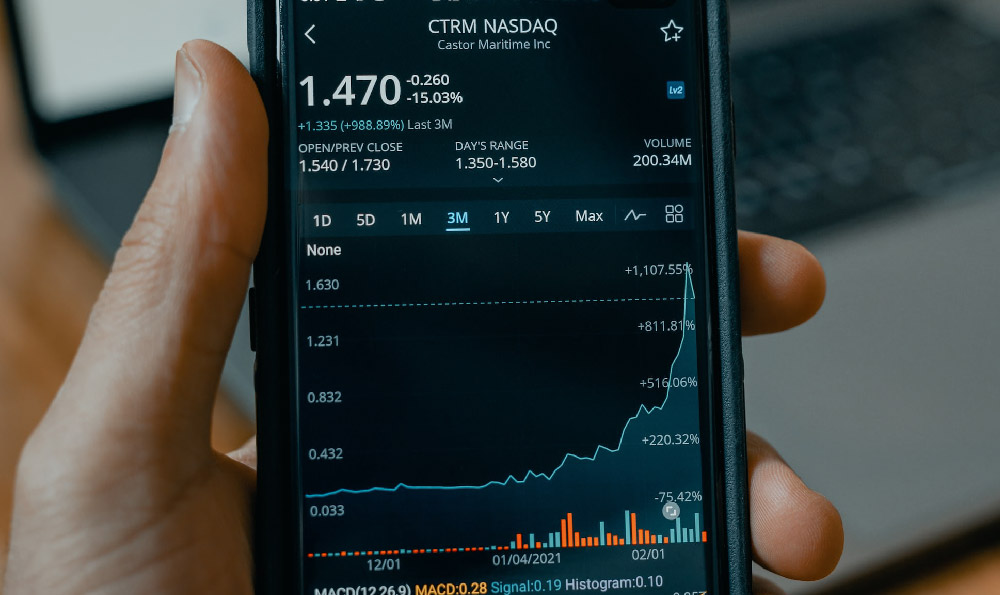Okay, I understand. Here's an article based on the title "VIX Volatility Index: How to Invest, and Should You?", aimed to be comprehensive, detailed, and written in a professional, informative tone.
Understanding and Navigating the VIX: A Guide to the Fear Gauge
The VIX, or Volatility Index, often referred to as the "fear gauge," is a real-time market index representing the market's expectation of 30-day forward-looking volatility. It’s calculated using S&P 500 index options prices and is designed to measure the market’s current risk appetite. Instead of directly reflecting stock prices, it reflects the expected degree of price fluctuations. A high VIX generally indicates investor fear and uncertainty, while a low VIX suggests complacency and confidence. Understanding its dynamics is crucial for any investor, even if direct investment isn't on their immediate radar.

So, how does it actually work? The VIX is derived from the prices of S&P 500 (SPX) index call and put options. The more investors are willing to pay for these options (particularly out-of-the-money puts, used as insurance against market declines), the higher the VIX will be. This willingness to pay stems from the anticipation of large price swings in the S&P 500. Conversely, if investors are confident and expect minimal price movement, the demand for options decreases, resulting in a lower VIX. It’s important to understand this is a derived value, not a directly traded asset.
Now, let's address the core question: How can one invest in the VIX, and more importantly, should you? Direct investment in the VIX index itself is impossible. The VIX is a calculated number; you can't buy or sell it directly. However, financial instruments exist that allow investors to gain exposure to VIX-related movements. These primarily come in the form of VIX futures, VIX options, and Exchange-Traded Products (ETPs) that track VIX futures.
VIX futures are contracts that obligate the holder to buy or sell the VIX index at a specified future date and price. Trading VIX futures requires a solid understanding of futures markets and their inherent risks. The VIX futures market often exhibits a phenomenon called "contango," where futures contracts with later expiration dates are priced higher than those expiring sooner. This is because the market typically expects volatility to revert to a long-term average, and the longer the time horizon, the more likely this reversion is to occur. This contango effect can erode returns for investors who consistently roll over short-term VIX futures contracts in an attempt to maintain constant exposure. Conversely, "backwardation," where near-term futures are priced higher than longer-term futures, can be beneficial, but this is less common.
VIX options provide another avenue for exposure. These options grant the holder the right, but not the obligation, to buy or sell VIX futures at a specific price on or before a certain date. They can be used for hedging existing portfolio risk or for speculating on future volatility movements. However, VIX options are complex instruments and require a sophisticated understanding of options pricing and volatility dynamics.
Perhaps the most accessible way for retail investors to gain VIX exposure is through Exchange-Traded Products (ETPs), such as Exchange-Traded Funds (ETFs) and Exchange-Traded Notes (ETNs). These products track VIX futures, offering a relatively straightforward way to bet on or hedge against volatility. However, it's crucial to understand that these ETPs do not track the VIX index itself. They track VIX futures, and therefore, are subject to the contango effect mentioned earlier. Many VIX ETPs are designed for short-term trading and are not suitable for long-term investment due to this persistent drag. Furthermore, some VIX ETPs are leveraged, meaning they amplify both gains and losses, making them even riskier.
The question of whether or not one should invest in VIX-related products is complex and highly dependent on individual circumstances, risk tolerance, and investment goals.
Here’s a breakdown of considerations:
-
Hedging: VIX products can be used as a hedge against equity market downturns. When stock prices fall, volatility typically rises, causing the VIX to increase. A well-timed investment in VIX products can offset losses in an equity portfolio during periods of market stress. However, hedging with VIX products is not a perfect science, and the correlation between the VIX and equity market returns is not always consistent. The cost of maintaining a VIX hedge can also be significant, especially in periods of low volatility.
-
Speculation: Some investors use VIX products to speculate on short-term volatility spikes. They attempt to profit from rapid increases in the VIX during periods of market turmoil. However, timing these spikes accurately is extremely difficult, and the risk of losses is high. VIX products are highly volatile themselves, and their prices can fluctuate dramatically in short periods.
-
Portfolio Diversification: While the VIX exhibits low correlation with traditional assets like stocks and bonds, including VIX ETPs for the sake of diversification is generally not recommended, particularly for long-term investors. The contango effect and potential for value erosion outweigh the diversification benefits in most cases.
-
Understanding the Risks: Before investing in VIX products, it's essential to fully understand the risks involved. These products are complex, volatile, and subject to unique market dynamics. The contango effect, leverage, and potential for rapid value erosion make them unsuitable for many investors, especially those with a low risk tolerance or limited understanding of financial markets.
In conclusion, the VIX is a valuable indicator of market sentiment, but VIX-related investment products are complex and risky. They can be useful tools for hedging or short-term speculation, but they are generally not suitable for long-term investment or for investors who do not fully understand the risks involved. Thorough research, a clear understanding of the underlying mechanics, and a well-defined investment strategy are essential before venturing into the world of VIX investing. Before considering any investment in VIX products, it is crucial to consult with a qualified financial advisor who can assess your individual circumstances and provide personalized guidance.




